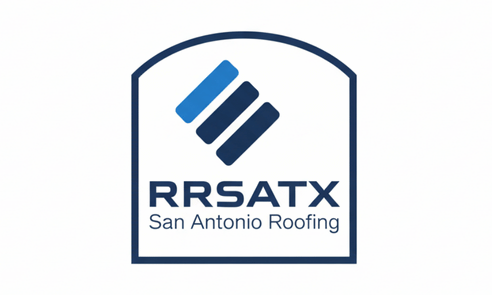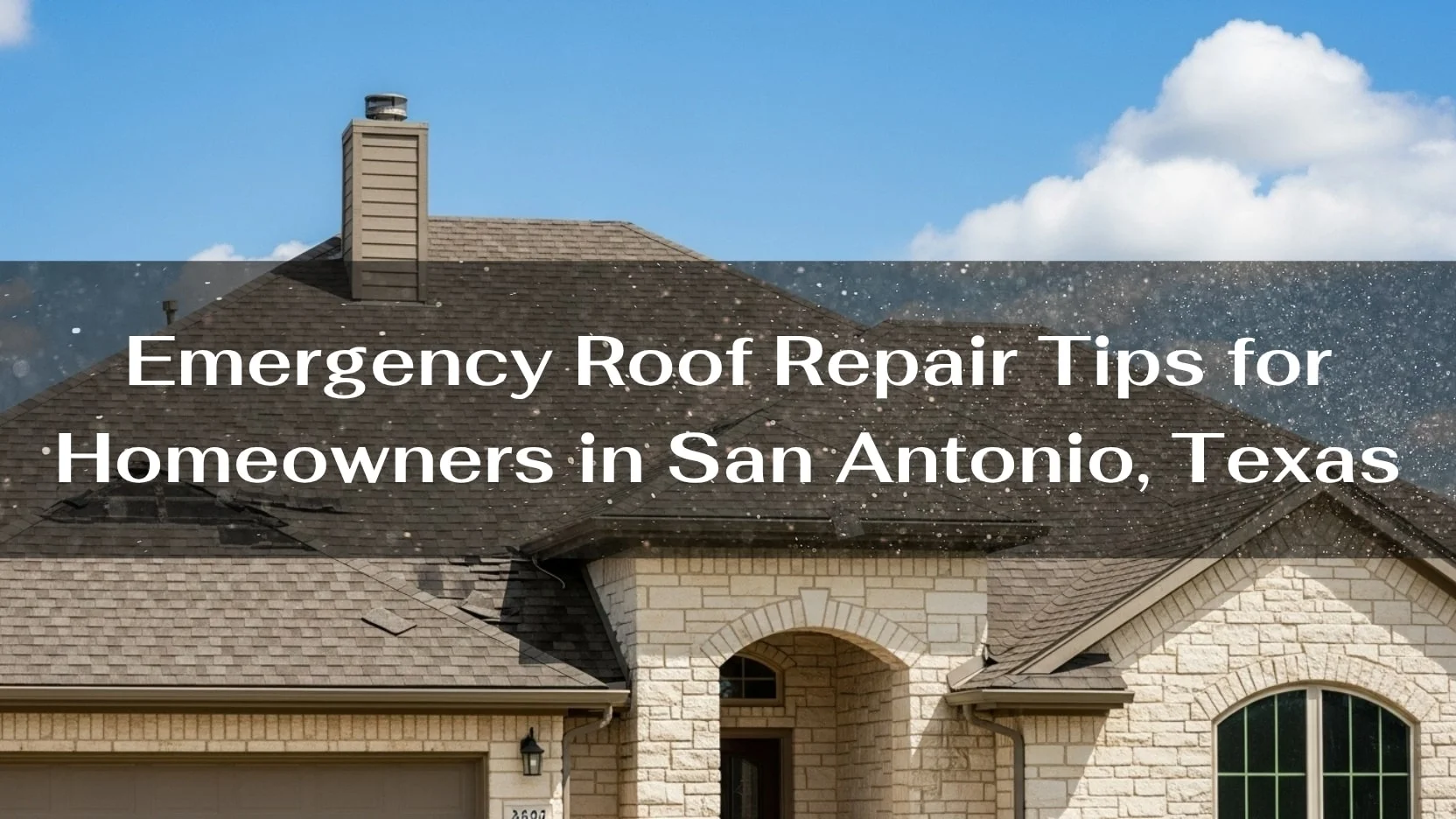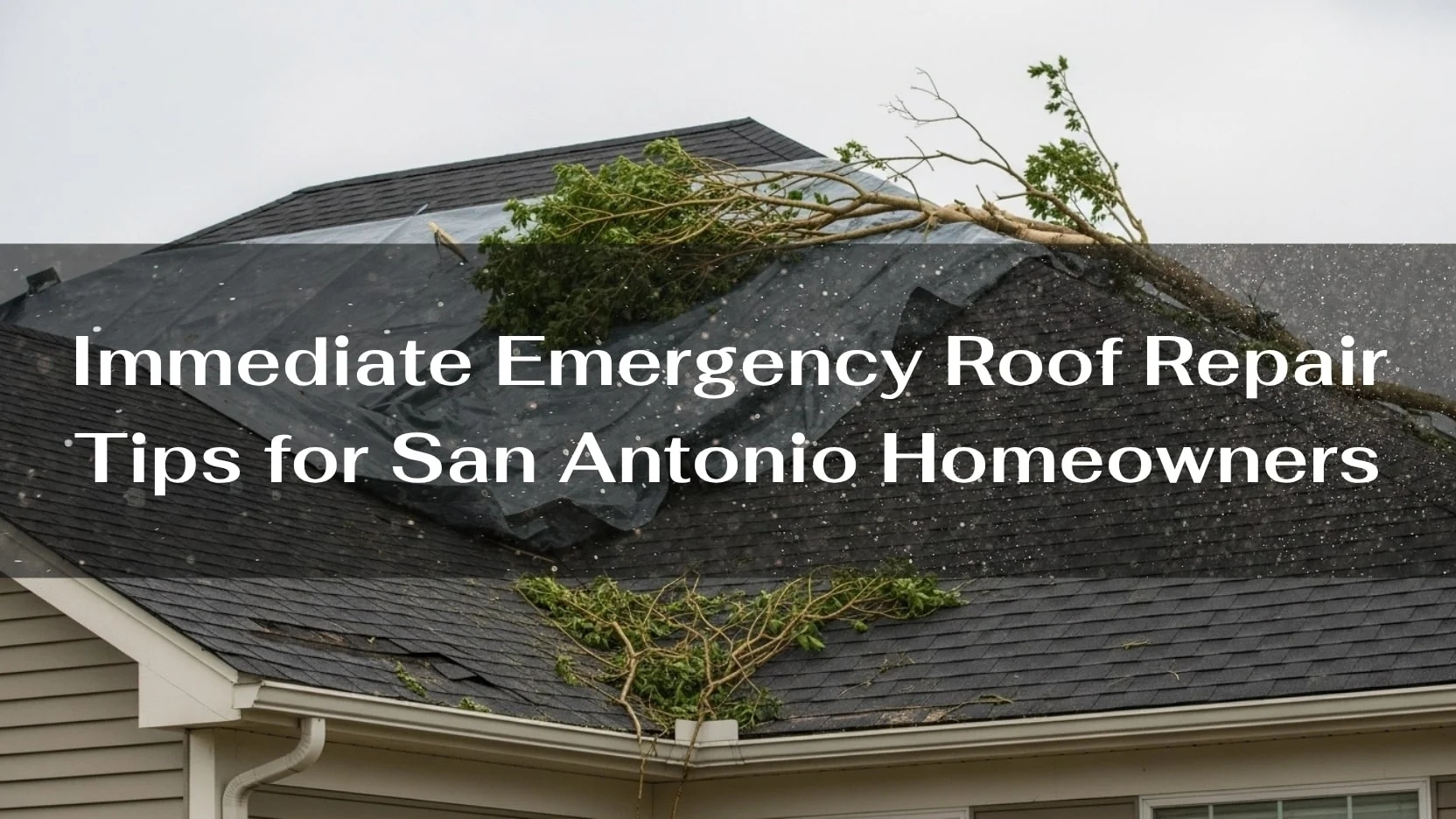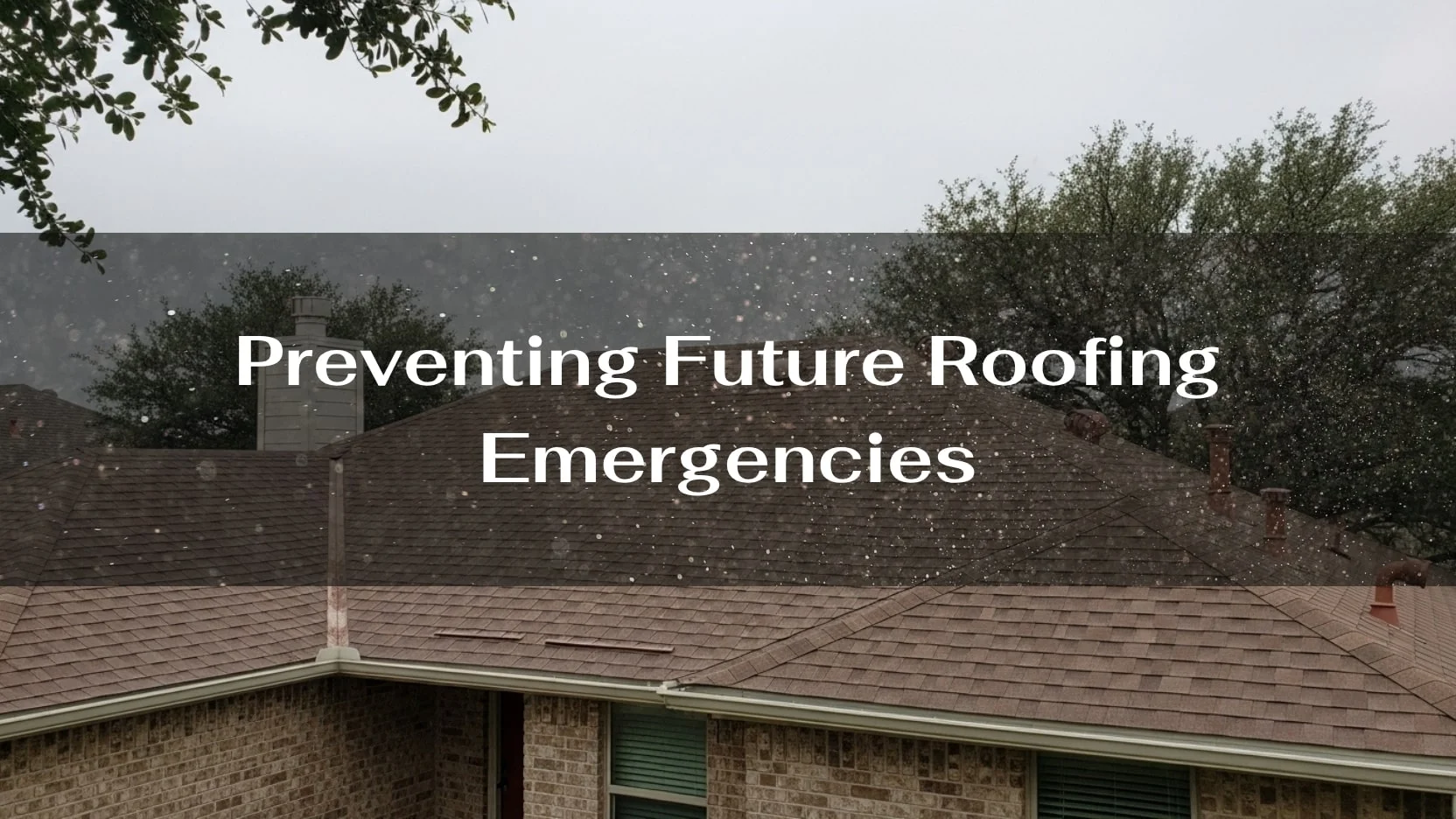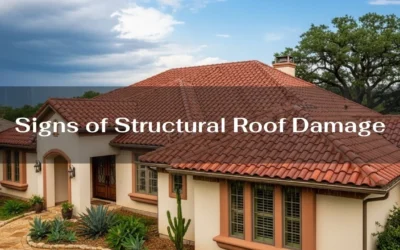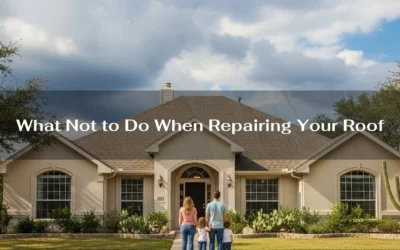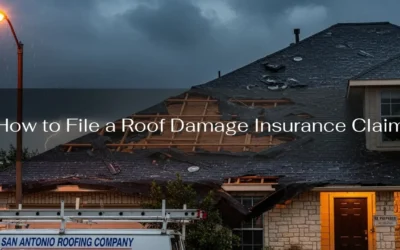When it comes to protecting your home in San Antonio, Texas, your roof plays a critical role in shielding you and your family from the elements. However, unexpected roof damage can happen anytime, especially with the region’s unpredictable weather — from heavy storms and high winds to intense sun exposure. Knowing how to handle a roofing emergency can save you from costly repairs and further harm to your home’s structural integrity. This guide offers essential emergency roof repair tips for homeowners in San Antonio to help you manage urgent roofing issues safely and effectively.
Understanding Emergency Roof Repairs
Emergency roof repairs are urgent fixes needed to address significant damage caused by severe weather, fallen trees, or other unforeseen events. These repairs aim to prevent further damage, such as water leaks, mold growth, and structural damage to your home’s interior and framework. Acting quickly with temporary emergency roof repairs can protect your home until professional help arrives.
Signs You Need Emergency Roof Repairs
Recognizing emergency roof damage early is key to preventing extensive harm. Watch out for:
- Missing or damaged shingles, especially after storms or high winds
- Visible leaks or water stains on your ceilings or walls
- Sagging roof sections or daylight visible through the roof
- Loose or missing flashing around chimneys, vents, or skylights
- Debris accumulation or damage from fallen trees or branches
If you notice any of these signs, it’s important to take immediate temporary measures and contact a professional roofing contractor.
Immediate Emergency Roof Repair Tips for San Antonio Homeowners
1. Stay Safe and Avoid Climbing on the Roof
Safety is the top priority. Avoid climbing on a damaged roof, especially during or immediately after severe weather. Slippery surfaces, loose shingles, and weakened structures can lead to falls or injuries. Instead, perform a visual inspection from the ground or attic.
2. Apply a Temporary Roof Patch
Using roofing cement or a temporary roof patch can help seal small leaks or holes until permanent repairs are made. Covering exposed areas with heavy-duty plastic sheeting or tarps protects your home from rain and further damage. Secure tarps tightly with roofing nails or weights to prevent them from blowing away in San Antonio’s frequent winds.
3. Clear Debris from Gutters and Downspouts
Clogged gutters and downspouts can cause water to back up and damage your roof and home’s interior. Remove leaves, branches, and debris to ensure proper water flow and reduce the risk of leaks.
4. Document the Damage for Your Insurance Claim
Take clear photos and detailed notes of the roof damage. This documentation will be crucial when filing an insurance claim with your insurance company. Promptly reporting the damage helps speed up the claim process and ensures you receive the coverage you deserve.
5. Contact a Reliable Roofing Contractor
Choose a professional roofing contractor licensed and insured in Texas. Look for contractors who are members of the National Roofing Contractors Association or have strong local reviews. A reputable roofing professional will conduct a thorough inspection, assess the extent of the damage, and recommend permanent repairs or roof replacement if necessary.
Preventing Future Roofing Emergencies
Regular roof maintenance is essential to extend your roof’s lifespan and avoid costly emergency repairs. San Antonio homeowners should:
- Schedule biannual roof inspections, especially after severe weather
- Replace damaged or missing shingles promptly
- Trim overhanging tree branches to prevent damage from fallen limbs
- Keep gutters and downspouts clean and functional
- Use quality roofing materials suited for Texas weather conditions
When to Consider a Full Roof Replacement
If your roof has extensive damage, significant structural damage, or is nearing the end of its lifespan, a full roof replacement might be the best option. Signs include widespread missing shingles, persistent leaks, and mold growth inside your home. A professional roofing contractor can help you evaluate whether repairs or replacement is more cost-effective.
Conclusion
Facing a roofing emergency in San Antonio can be stressful, but knowing the right steps to take can make a big difference. Prioritize safety, apply temporary fixes like roofing cement and tarps, document the damage, and contact a trusted professional roofing contractor promptly. Regular roof maintenance and timely repairs will help protect your home from severe weather and costly repairs in the future.
For reliable emergency roof repair services in San Antonio, always choose licensed and insured professionals who understand local weather challenges and building codes. Taking quick action today can save you money and protect your home’s structural integrity for years to come. Stay safe and prepared with these emergency roof repair tips for homeowners in San Antonio, Texas.
